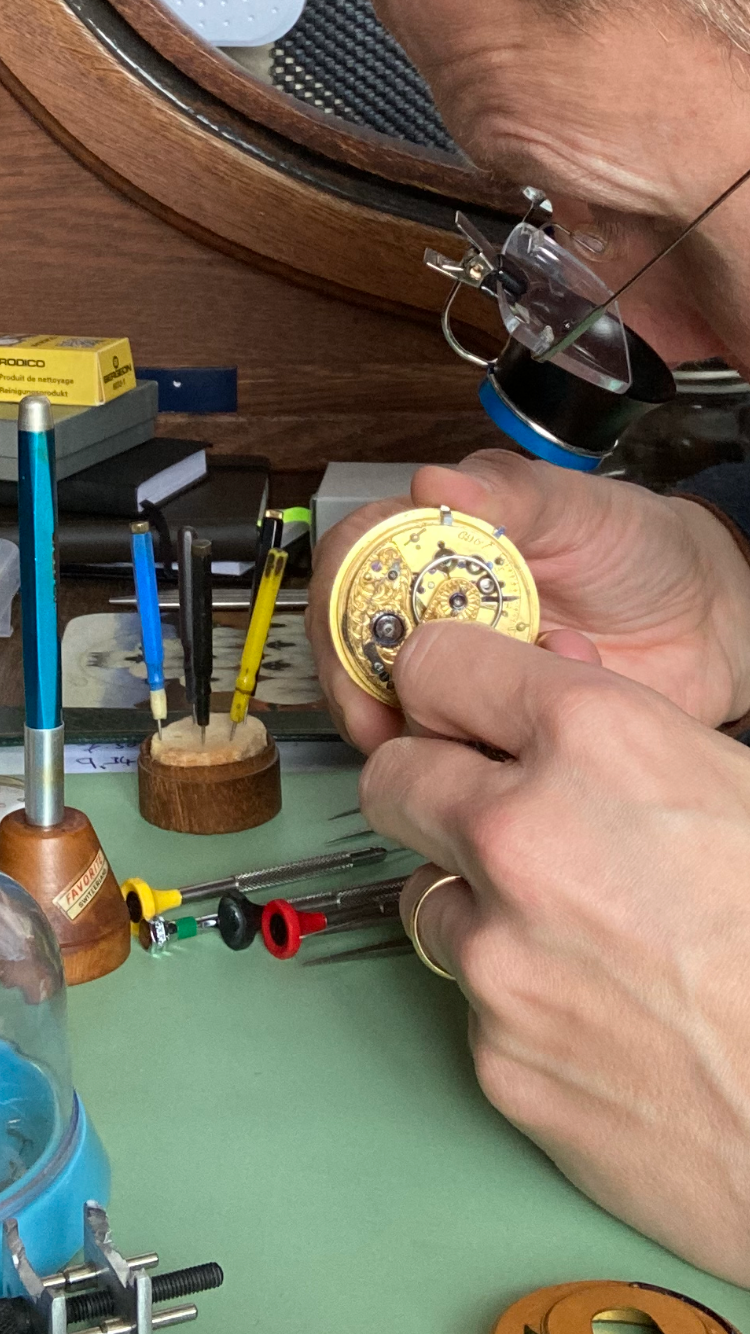The CYMA Sonomatic
-
Recently Browsing
- No registered users viewing this page.
-
Topics
-
Posts
-
Yes, this is on the basis of no epilam. Interestingly, the technical guide calls for using HP1300 instead of grease on a lot of stuff in the keyless works which might indicate an assumption that it had all been treated with epilam. This, exactly I suppose . Literally trying to get a more, or less, viscous oil by mixing two different oils together. Obviously you would imagine using oils from the same 'family' would make them more compatible. Actually, I knew this. Everyone seems to use HP1300 to substitute D5 but Moebius actually recommend their HP oils only for jewelled bearings. If it's a brass bushing D5 is best. Interested what the outcome might be if I used 9020 on the balance/ escape wheel pivots of a typical wristwatch sized movement. The practical consequence of this would be having to service the movement again if it doesn't work but actually the real consequence is that you have bought 2ml of extremely expensive oil that you might not use again.
-
What size is the movement and have you done the usual search with bestfit. To me it looks like something in the 10 series. The other option would be to measure the staff and try and trace it from their, or at least find an equivalent. Edit Just realised after a bit more digging the manufacturer is marked on the movement 'FREY'
-
By Neverenoughwatches · Posted
1mm copper wire can be tapered to fit. Softer than brass but it does work. -
By Neverenoughwatches · Posted
You would think so.....but maybe not. I did just that with a 50's Oris tank. 5 years ago.....stripped and polished...it hasn't tarnished and looks exactly as it did..I wear it often. Looks like brushed gold plate. -
This poor watch now has a new escape wheel jewel. I got a jewel assortment and found one that fitted snugly in the setting, and whose hole was a neat fit on the escape wheel pivot, glued it to the flattened end of a 1mm drill bit and turned it on some brass with diamond lapping paste to give it a taper on one side. I used a sewing needle to gently close the setting over the jewel. It doesn't look too bad in the pic, but actually about the bottom third of the setting has nothing left holding the jewel down and I'm not sure whether it will hold. I'll have to see when I reassemble it. Before I reassemble, I thought I'd better have a look at the balance and check its poise. I put it on a pair of tweezers and found it did indeed want to always stop with the same point uppermost, swinging to and fro around that point. While I was thinking about timing washers and that I don't have the right tool to remove a timing screw, I noticed that one of the pivots didn't look straight. A closer look was called for: The right hand (upper) pivot is definitely bent. So, should I try to straighten it? It is likely to break, I suspect. Am I going to be able to buy a replacement balance staff for a watch more than 100 years old with no movement number? Seems unlikely. I have no lathe so I'm not in a position to make one myself. What are my options?
-






Recommended Posts